The giant ground sloth is a species of extinct mammals in the Megatheriidae family. There were many different species of giant sloths in the family, and at least 21 different genuses of giant sloths.
They ranged in size from about 4 feet long to over 20 ft. long. For this article we will focus on the largest species, Megatherium. Read on to learn about the giant sloth.
Description of the Giant Sloth
The largest species of giant sloth easily measured 20 ft. long. For comparison, picture a sloth about the size of an elephant. Though they were herbivores, these creatures had massive claws that were quite a formidable defense against predators. While they walked on four legs, scientists believe that they could easily stand up on their hind legs to reach the tops of trees.
Interesting Facts About the Giant Ground Sloth
These creatures were formidable mammals rivaled in size only by mammoths and mastodons. The giant ground sloth was an incredible animal, learn more about this massive mammal below.
- The Largest Sloth… Ever! – Megatherium was the largest species of sloth to ever walk the earth. The biggest species was 20 ft. long and stood 12 ft. tall when on its hind legs. Just for comparison, the largest polar bear ever captured stood 12 ft. tall on its hind legs.
- Armored Animals – In addition to the protection of their massive size, some species of giant sloths had protective plates beneath their skin. The plates, known as “osteoderms,” were bony discs that sat at the neck, shoulders, and/or back of the animals.
- A Tale of a Tail – Unlike modern-day sloths, which have short stumps for tails, giant sloths had impressively long tails. Their lengthy tails were thick and muscular, which supported the animal almost like a third leg. To reach the best leaves, giant sloths stood on their hind legs. The extra support from their tail helped keep them from falling over.
Habitat of the Giant Sloth
The largest giant sloth, Megatherium, lived in a variety of habitats. Because the ecosystem was very different 10,000 years ago, these sloths lived in a different type of habitat than you might find in their native range nowadays. Most Megatherium inhabited grasslands and other open or semi-open areas.
Distribution of the Giant Sloth
Megatherium lived in South America, but other giant sloth species lived in various places across the world. Many species spread up into North America. The distribution of these creatures varies based on the species at hand, and the time period.
Diet of the Giant Ground Sloth
Giant sloths were herbivores, which means they ate plants. These creatures used their large bodies to reach the tops of trees, but also ate bushes and shrubbery as well.
Researchers believe their diet consisted mostly of grasses, agave plants, yuccas, and more. Some scientists also speculate that these creatures might have stolen the kills of other animals, but other researchers dispute this. Unfortunately, some things are impossible to study when an animal is already extinct.
Giant Sloth and Human Interaction
Archaeologists believe that humans hunted giant sloths. Their population began to decline around the same time that human populations began expanding.
While hunters likely pushed the species to extinction, researchers also believe that usable habitat had begun to decline as well. These two factors, when combined, resulted in the extinction of the species.
Domestication
Humans did not domesticate giant sloths in any way.
Does the Giant Sloth Make a Good Pet
No, giant sloths would not make good pets. They were incredibly large animals, and their massive claws would have been extremely dangerous.
Giant Sloth Care
Scientists simply do not know exactly what these animals would need to survive in a zoological setting. Because of their immense size, they obviously would have needed large enclosures to live in, with heavily reinforced fencing. A variety of different plants would also be necessary, because researchers believe they fed on a large number of species.
Behavior of the Giant Sloth
While we do not have direct evidence of the behavior of this creature, researchers have a pretty good idea of how it spent its time. Because these sloths likely fed on dense vegetation, digestion would have been a slow and tedious process.
For much of their existence, giant sloths had no predators. Because of these factors, it is likely that they moved slowly, and spent most of their time feeding and resting while they digested their food.
Reproduction of the Giant Ground Sloth
Scientists do not know the details of this creature’s reproductive cycle. It is simply impossible to speculate how their breeding rituals appeared, what their gestation period was, or when offspring became independent. Despite how much information we can glean from fossilized remains, there is some information that we simply cannot obtain easily without living specimens.



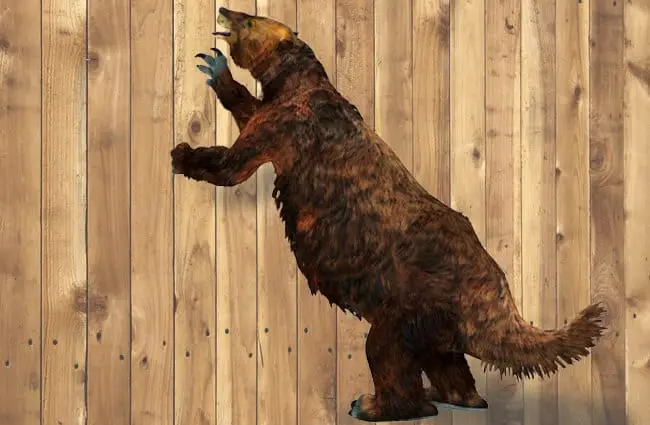
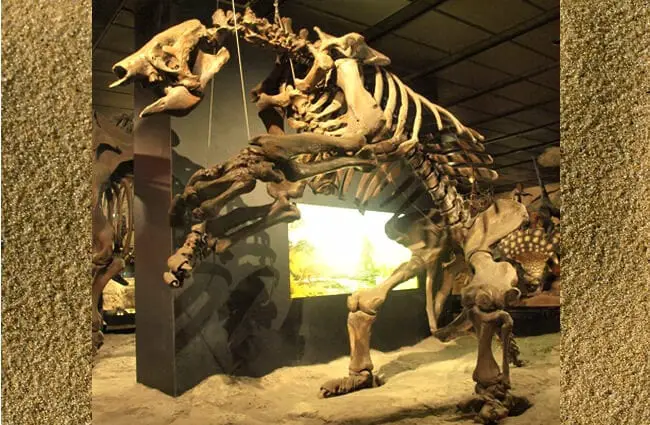

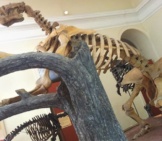
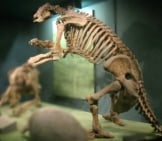
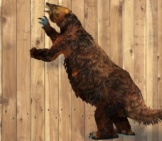

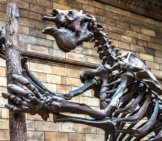
![Red Angus Closeup of a beautiful Red Angus cowPhoto by: U.S. Department of Agriculture [pubic domain]https://creativecommons.org/licenses/by/2.0/](https://animals.net/wp-content/uploads/2020/03/Red-Angus-4-238x178.jpg)












![Red Angus Closeup of a beautiful Red Angus cowPhoto by: U.S. Department of Agriculture [pubic domain]https://creativecommons.org/licenses/by/2.0/](https://animals.net/wp-content/uploads/2020/03/Red-Angus-4-100x75.jpg)

